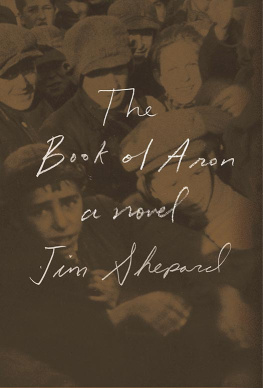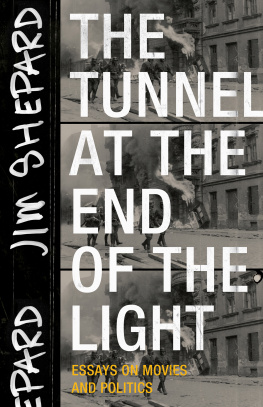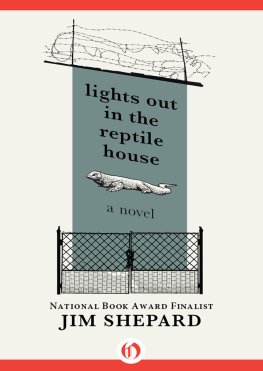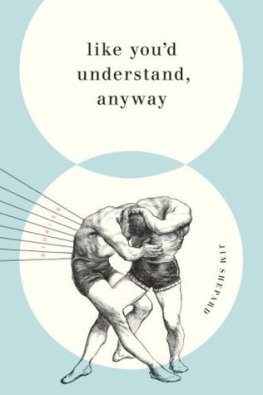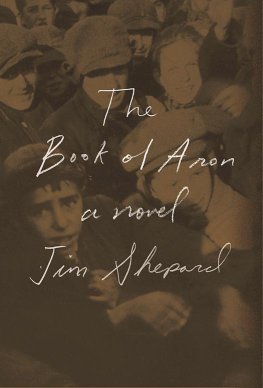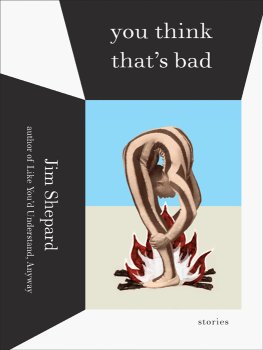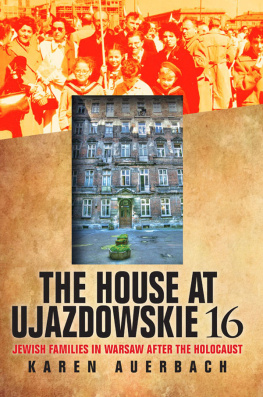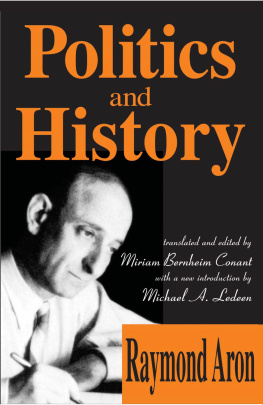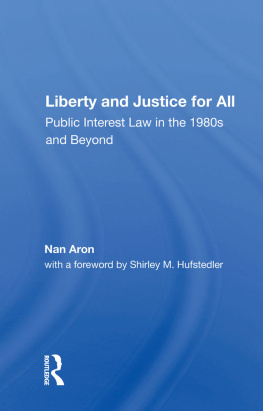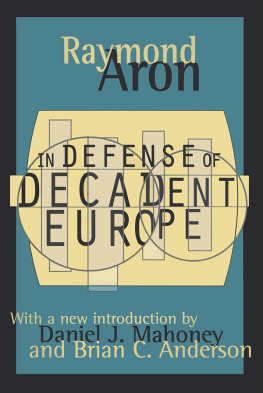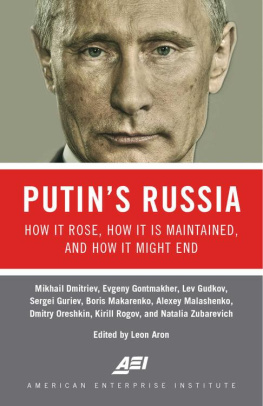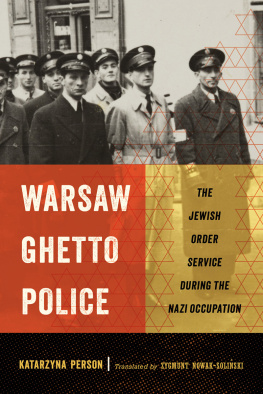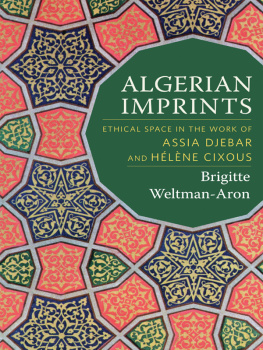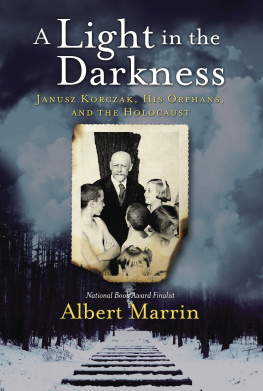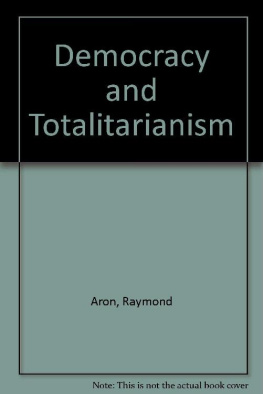ACKNOWLEDGMENTS
My main object here, to quote Marguerite Yourcenar in her Bibliographical Note to her Memoirs of Hadrian, has been to approach inner reality, if possible, through careful examination of what the documents themselves afford, and so this novel could not have existed, or would have existed in a much diminished form, without critically important contributions from the following sources: Janusz Korczaks Ghetto Diary; The Selected Works of Janusz Korczak, Martin Wolins, ed.; Aaron Zeitlins prose poem The Last Walk of Janusz Korczak; Emmanuel Ringelblums Notes from the Warsaw Ghetto, Jacob Sloan, ed.; Barbara Engelking and Jacek Leociaks The Warsaw Ghetto: A Guide to the Perished City; Marta Markowskas The Ringelblum Archive: AnnihilationDay by Day; Bogdan Wojdowskis Bread for the Departed; and Dawid Rubinowiczs The Diary of Dawid Rubinowicz. Im also hugely indebted to To Live with Honor and Die with Honor: Selected Documents fromthe Warsaw Ghetto Underground Archives O. S. (Oneg Shabbath), Joseph Kermish, ed.; The Warsaw Ghetto Oyneg-Ringelblum Archive Catalog and Guide, Robert Moses Shapiro and Tadeusz Epsztein, eds.; The Diary of Dawid Sierakowiak, Alan Adelson, ed.; The Yad Vashem Encyclopedia of the Ghettos During the Holocaust, Guy Miron and Shlomit Shulhani, eds.; Words to Outlive Us: Eyewitness Accounts from the Warsaw Ghetto, Micha Grynberg, ed.; Awakening Lives: Autobiographies of Jewish Youth in Poland Before the Holocaust, Jeffrey Shandler, ed.; From a Ruined Garden: The Memorial Books of Polish Jewry, Jack Kugelmass and Jonathan Boyarin, eds.; The Last Eyewitness: Children of the Holocaust Speak, Volume 1, Wiktoria liwowska, ed., Volume 2, Jakub Gutenbaum and Agnieszka Lataa, eds.; Hunger Disease: Studies by the Jewish Physicians in the Warsaw Ghetto, Myron Winick, M.D., ed.; The Diary of Samuel Golfard and the Holocaust in Galicia, Wendy Lower, ed.; The Warsaw Diary of Adam Czerniakow, Raul Hilberg, Stanislaw Staro, and Josef Kermisz, eds.; and Betty Jean Liftons The King of Children. I also found crucially useful Agnieszka Witkowska-Krychs article The Last Journey of the Residents and Staff of the Warsaw Orphanage; Lucjan Dobroszyckis The Chronicle of the d Ghetto, 19411944; Leni Yahils The Holocaust: The Fate of European Jewry 19321945; Kurt Grblers Journey Through the Night: Jakob Littners Holocaust Memoir; Adina Blady Szwajgers I Remember Nothing More: The Warsaw Childrens Hospital and the Jewish Resistance; Abraham Lewins A Cup of Tears: A Diary of the Warsaw Ghetto, Antony Polonsky, ed.; Raul Hilbergs The Destruction of the European Jews; Gnther Schwarbergs In the Ghetto of Warsaw: Heinrich Jsts Photographs; Hanna Kralls Shielding the Flame: An Intimate Conversation with Dr. Marek Edelman, the Last Surviving Leader of the Warsaw Ghetto Uprising; Naomi Samsons Hide: A Childs View of the Holocaust; Willy Georgs In the Warsaw Ghetto: Summer 1941; Jrgen Stroops The Stroop Report; Larry Stillman and Morris Goldners A Match Made in Hell: The Jewish Boy and the Polish Outlaw Who Defied the Nazis; Manny Drukiers Carved in Stone: Holocaust YearsA Boys Tale; Bernard Gotfryds Anton the Dove Fancier and Other Tales of the Holocaust; Lizzie Collinghams The Taste of War: World War II and the Battle for Food; Joseph Ziemians The Cigarette Sellers of Three Crosses Square; George Eisens Children and Play in the Holocaust: Games Among the Shadows; Rubin Katzs Gone to Pitchipo: A Boys Desperate Fight for Survival in Wartime; Rochelle G. Saidels Mielec, Poland: The Shtetl That Became a Nazi Concentration Camp; Aviad Kleinbergs article The Enchantment of Judaism: Israeli Anxieties and Puzzles, Critical Inquiry 35, no. 3 (spring 2009); Claude Lanzmanns documentary Shoah; and Daniel Mendelsohns The Lost: A Search for Six of Six Million.
The book was also inconceivable without the inspiration, support, and expertise provided by Creaghan Trainor, Daniel Mendelsohn, Edan Dekel, Andrea Barrett, Rebecca Ohm, Rich Remsberg, Marketa Rulikova, Dan Polsby, Tomasz Kunar, and Michael Gross; the saving editorial enthusiasm and intelligence provided by Ben George, Reagan Arthur, Jim Rutman, Peter Matson, and Gary Fisketjon; and the research resources provided by Ron Coleman, Vincent Slatt, Caroline Waddell, and Nancy Hartman of the United States Holocaust Memorial Museum; Theresa Roy of the National Archives; Agnieszka Witkowska-Krych at the Korczakianum Center of Documentation and Research; Agnieszka Reszka of the ydowski Instytut Historyczny; Aleksandra Bakowska and Jan Jagielski at the Emanuel Ringelblum Jewish Historical Institute; and Justyna Majewska at the Museum of the History of Polish Jews. I also have Agnieszka Wojtowicz-Jach and Wojciech Baszczyk and Monika Oleko to thank for their help in negotiating Warsaw. And the irrepressible and endlessly informative Alex Dunai to thank for his sheer resourcefulness and expert guidance in both the Polish countryside and the cities.
I also feel enormous humility in the face of the special debt the book owes to the testimonies of Frieda Aaron, Irena Abraham, Fela Abramowicz, Erwin Baum, Israel Berkenwald, Abraham Bomba, Helen Bromberg, Nelly Cesana, Mietek Ejchel, Lily Fenster, Henry Frankel, Simon Friedman, Henry Goldberg, Sam Goldberg, Henia Goldman, Doris Fuchs Greenberg, Marcel Gurner, David Haskil, Josef Himmelblau, Jola Hoffman, David Jakubowski, Erner Jurek, David Kochalski, Andrzej Krauthamer, Sara Lajbowicz, Anne Levy, Anna Lewkowicz, Jakub Michlewicz, Irene and Shimon Noskovicz, Henry Nusbaum, Samuel Offen, Michel Pinkas, Golda Rifka, Anka Rochman, Slama Rotter, Lidia Siciarz, Jack Spiegel, Czerna Sterma, Fela Warschau, Ryszard Weidman, Cyla Wiener, and especially Marian Marzynski.
Finally, I want to single out for special thanks and praise the contributions of those readers who encountered this work in its earliest stages, and whose optimism and rigor helped keep the project afloat: Gary Zebrun, Ron Hansen, and especially Sandra Leong, whose insights, early and late, were a crucial help. And I want most to celebrate my first and final reader, Karen Shepard, who remains fully justified in continuing to inform everyone that she renovates me for the better just about every single day.
ALSO BY JIM SHEPARD
You Think Thats Bad: Stories
Like Youd Understand, Anyway: Stories
Project X
Love and Hydrogen: New and Selected Stories
Nosferatu
Batting Against Castro: Stories
Kiss of the Wolf
Lights Out in the Reptile House
Paper Doll
Flights
As Editor
Youve Got to Read This
(with Ron Hansen)
Unleashed: Poems by Writers Dogs
(with Amy Hempel)
Writers at the Movies
A NOTE ABOUT THE AUTHOR
Jim Shepard is the author of seven novels and four collections of stories, including Like Youd Understand, Anyway, a National Book Award finalist. He teaches at Williams College in Williamstown, Massachusetts.
An A.A. Knopf Reading Group Guide
The Book of Aron by Jim Shepard
The questions, discussion topics, and reading list that follow are intended to enhance your reading groups discussion of The Book of Aron, the haunting new novel by acclaimed author Jim Shepard.
Discussion Questions
1. The novel opens with Aron discussing his name, and how he became known as Shmaya, which means God has heard. Why is this important?

